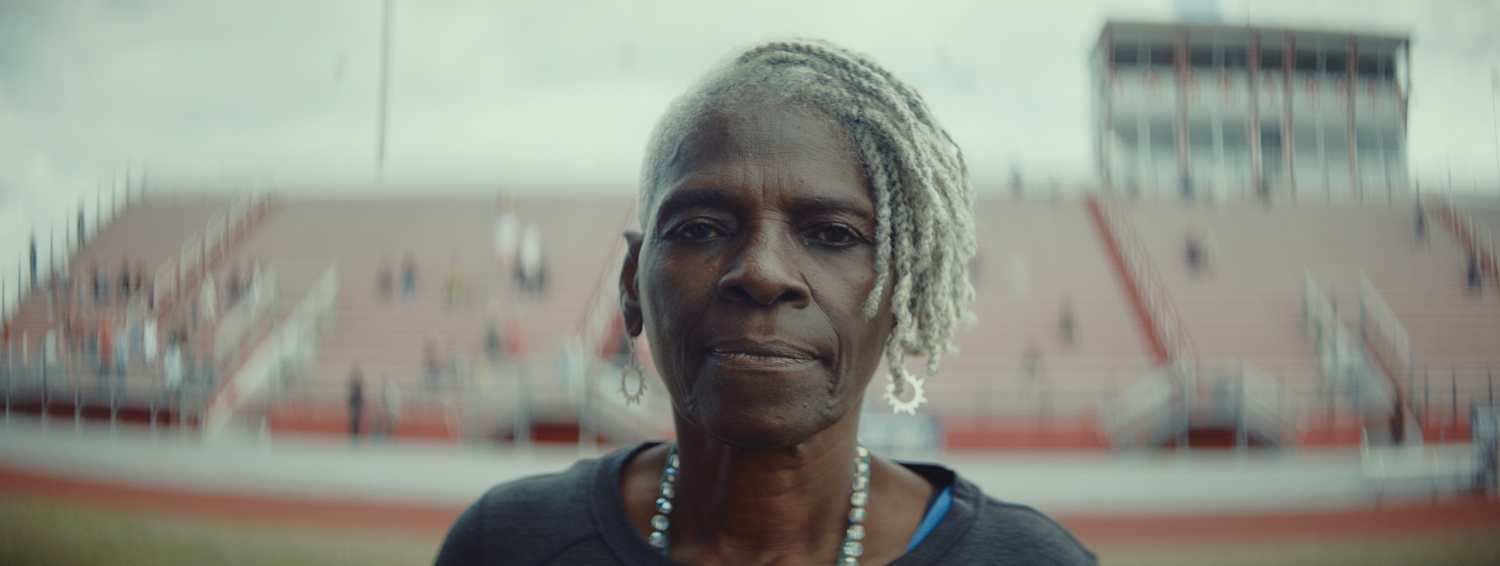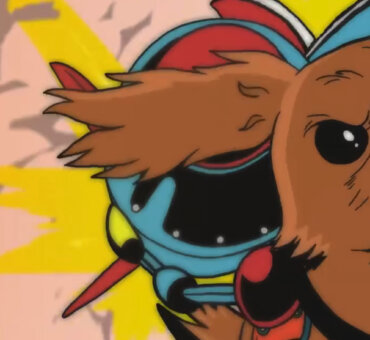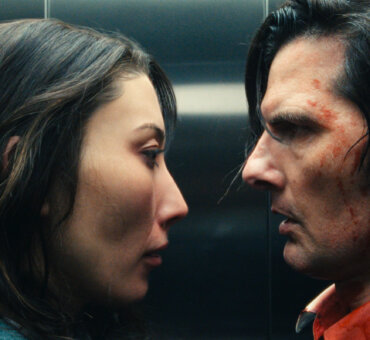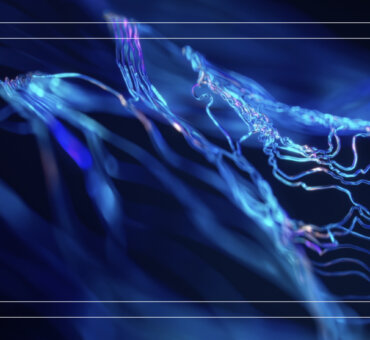There’s an old saying: “First thought, best thought.” It might sound like a dangerous philosophy. But then that would be overthinking it. The point is: you have to trust your instincts. And when you’re working under a tight deadline, you often don’t have any other choice. That’s exactly the situation editor Carlos Flores found himself in while working on an ad for Equinox, which was shot over a single weekend and then edited and colored in just six days.
“In a way, that was liberating,” Carlos told us. “I’m always very sensitive to composition and all that. But for this one, I had to go with my instincts and commit to whatever worked at that moment.”
The result is a beautifully crafted commercial about the inspiring men and women who compete in the Senior Games. Watch the piece below and then read our interview with Carlos about how he pulled it off.
Filmsupply: You mentioned that the Equinox Senior Games video wasn’t a typical project for you. There wasn’t even a script to work off of?
Carlos Flores: Equinox originally approached Anderson Wright, my colleague, and said they wanted to do a piece on the Senior Games in Florida. And while there wasn’t a script, Anderson definitely had a specific tone and direction in mind for the piece. The whole process was extremely fast. They shot the footage over a weekend, and I had six days to edit and color the whole thing. They told me it was going to be like this from the beginning, and I was ready for the challenge.
Did you have a bunch of random footage to work with? Or did Anderson give you a treatment?
Anderson was involved all the way through the edit. He wanted to approach it like an observational documentary, one that captured these senior athletes at their best. This isn’t just a hobby for them; this is a serious competition. The visuals, the audio, the voiceover, we wanted all of it to be candid and kinetic. We wanted to make sure the audience would understand what competition means for seniors at this stage of their life. Anderson’s main concern was that we make it more than just a cool action piece. He wanted it to feel authentic to the athletes. So I took that direction as my guide. After that, the structure came together in the edit.
What’s your normal process for a project like this?
Because the turnaround was so tight, I had to be extremely efficient. I like to work with audio first. Especially when there’s no clear structure for a piece. I assemble the edit in sound bites and lay in a music bed. This helps me find specific beats in the story, while building to a nice climax. Sometimes it comes out very linear when I assemble it that way. After I’ve created my soundtrack, I start placing picture. That’s when I get the freedom to move things around, play with the structure. For instance, I didn’t know how I was going to start or end the piece, but I did know we needed an action-packed montage. We’d discussed this with the director, and he knew the video needed to sell the fact that this is a legit competition with serious athletes.
What are you looking for when you’re laying down the sound first? Do you have some organizing principle?
First, I look at the story. For this one, there were four or five subjects. I figured I had to introduce all of them first. Then have sound bites of them describing their events. And finish with their personal reflections. So I assembled it that way at first. But then, once I’d added the picture, it felt a little dull. A little too structured, if that makes sense. So, I started removing athletes, and I ended up introducing just two of them. The others didn’t get an introduction, but they still contributed to the story with their thoughts and moments from their events. So, you start with a basic, boring structure; you play around with it; and eventually things take shape.
Is this how your edits usually go?
I typically approach something in terms of its energy. I like to start with a slow build and gradually move toward the big climax. Most of the time, I’ll have a little dip in the energy so I can push the big moment even higher. Once that climax hits, I tend to drop the energy all the way down. I map projects in terms of their energy. I find that’s an effective approach when deadlines are tight.
Are there creative benefits to working under such a time crunch?
Absolutely. I’ve worked so closely with DP Todd Martin over so many years, that I’ve become very aware of the kinds of aesthetics he likes in his work. He likes very specific types of movements, and camera and lighting positions. But I couldn’t worry about any of that on this project. At least not for the first cut. In a way, that was liberating. I’m always very sensitive to composition and all that. But for this one, I had to go with my instincts and commit to whatever worked at that moment. In the end, I sat down with Todd to go over the shots, but for the first pass I got to operate off gut instinct.
What was the workflow like for this project?
I’m very big on organization. Not only do I keep very organized selects — bins and sequences with selects of shots — but I also have subsequences with super selects. And then super, super selects. By the time I’m done going through the dailies and pulling all of my super selects, I almost have a first assembly of the cut. With a project like this — where the deadline is crazy — I knew I had to go through the process of watching everything; because if I just threw together a quick cut, the revisions were going to kill me. Unfortunately, because of the budget, I didn’t have an assistant on this project. So I had to log all the footage myself. But at the same time, it was really helpful because by the time I was done, I knew every single shot, I knew every single moment that was captured, and I also knew what we didn’t have.
You must have had more super selects or great shots than could fit in the piece. How do you whittle them down?
When it comes to removing elements, I feel like it always comes down to reminding yourself what’s necessary, not what you prefer. We all fall in love with certain shots, certain darlings that we like. And it’s hard to ignore our attachment to them. That’s where someone like Anderson comes in. We help each other. It’s a lot easier for an outsider to pinpoint what’s unnecessary or even boring. If someone says, “I feel like it could be faster at this point or at that point,” I find that to be a more accurate judgment of what isn’t working.
How do you know when an edit is done?
Well, with commercial work, it’s done when the clients says it is. [laughs] A lot of the time, when we feel strongly about an edit — the director feels great, I feel great — we’ve gotten to the point where we’re happy with our creative choices and compromises, and everything feels just right. Then the client weighs in and they want revisions. We’re always very surprised, but they’re usually right. We’re either missing some important detail, or there’s an area that wasn’t covered. So everyone’s input is vital.
What makes an editor good? What standard do you hold yourself to? And what did it take for you to get there?
Coming from a directing background, my ego was the biggest challenge to overcome. For instance, when I started doing branded content, I had grand ambitions on certain projects. I thought I had something to say. So I got really defensive when a director or a client wouldn’t agree with my decisions. Later, I realized that my inexperience was showing and I was being immature. That’s not how things work. An editor is part of a creative team, and you have to respect the process. The process is a sum of all the parts — not just the director or the editor, but also the commercial creatives or the ad agency. All these people are going to bring different perspectives to a project. If you respect the process and take faith in knowing what you know, then you give yourself room to craft the direction of an edit, while still being open to suggestions.






